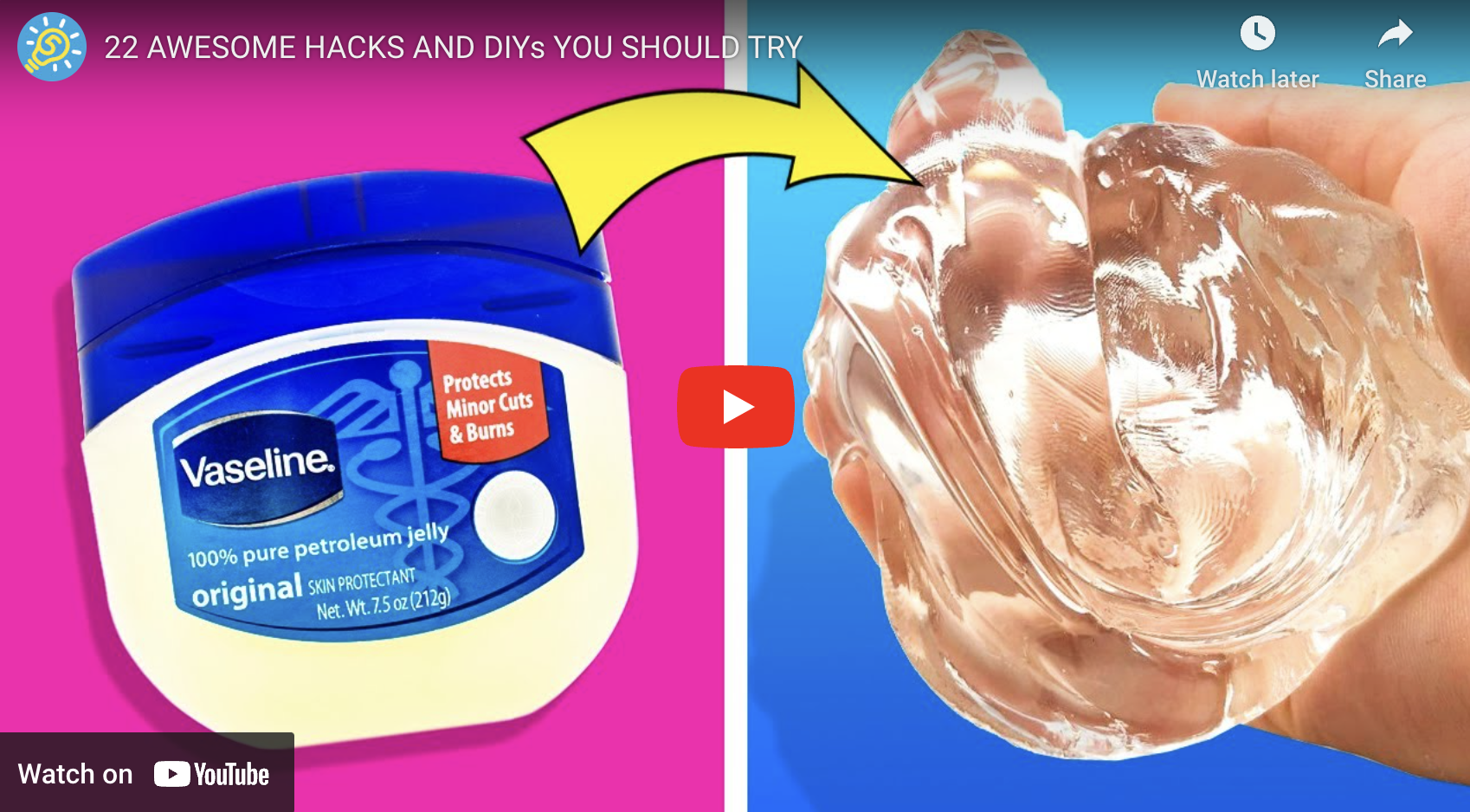In today’s digital age, USB flash drives have become an essential tool for storing and transferring data. Whether you’re a student, a professional, or just someone who likes to keep their files organized, having a reliable USB flash drive is a must. But what if you could take it a step further and build your own USB flash drive from scratch? That’s right, with a little bit of know-how and some basic materials, you can create a customized USB flash drive that suits your style and needs perfectly. In this article, we’ll guide you through the process of building your own USB flash drive from scratch, and we’ll even provide you with two versions of the recipe based on the best taste.
Version 1: Classic and Simple
For those who prefer a classic and simple design, this version of the DIY USB flash drive is perfect for you. Here’s what you’ll need:
– USB flash drive circuit board
– USB connector
– Soldering iron
– Solder
– Wire cutters
– Plastic casing
1. Begin by disassembling a USB flash drive to extract the circuit board. Carefully remove the plastic casing and any other components that may be attached to the board.
2. Next, solder the USB connector to the circuit board. Make sure to carefully follow the pinout diagram of the connector to ensure proper connectivity.
3. Use the wire cutters to trim any excess wire, and then test the connection to make sure the USB flash drive is functioning properly.
4. Once the USB flash drive is working, carefully place it inside the plastic casing and secure it in place.
And just like that, you have your very own DIY USB flash drive that is both classic and simple in design. This version is perfect for those who prefer a no-frills approach to their tech accessories.
Version 2: Stylish and Unique
If you’re looking for something a bit more stylish and unique, this version of the DIY USB flash drive is sure to impress. Here’s what you’ll need:
– USB flash drive circuit board
– USB connector
– Soldering iron
– Solder
– Wire cutters
– Decorative casing or materials (such as wood, metal, or acrylic)
1. Follow the same steps as in Version 1 to extract the circuit board from a USB flash drive and solder the USB connector in place.
2. Instead of using a plastic casing, get creative with your choice of materials for the casing. You can use wood for a rustic look, metal for an industrial feel, or acrylic for a modern touch.
3. Carefully design and assemble the casing around the circuit board and USB connector. Make sure to leave enough space for the USB port to be accessible.
4. Test the connection and functionality of the DIY USB flash drive before securing the casing in place.
With this version, you can let your creativity shine and create a USB flash drive that is not only functional but also a stylish accessory. Whether you prefer a sleek metal casing or a rustic wooden design, the possibilities are endless with this version.
Trends in DIY USB Flash Drives
1. Customization: One of the biggest trends in DIY USB flash drives is customization. People are increasingly looking to create personalized tech accessories that reflect their individual style and preferences. Whether it’s adding a pop of color, engraving a design, or using unique materials, customization is key in the DIY USB flash drive world.
2. Sustainability: Another trend in DIY USB flash drives is sustainability. With a growing awareness of environmental issues, more and more people are looking for ways to reduce waste and minimize their carbon footprint. Building your own USB flash drive allows you to use recycled materials, reduce electronic waste, and create a more sustainable tech accessory.
3. Retro Revival: In a world dominated by sleek and modern technology, there is a trend towards reviving retro designs in DIY USB flash drives. From vintage-inspired casings to nostalgic color schemes, retro aesthetics are making a comeback in the DIY tech world. Whether you’re a fan of 80s neon or 90s pastels, there’s a retro DIY USB flash drive design for everyone.
4. Tech Integration: As technology continues to advance, there is a trend towards integrating additional features and functionalities into DIY USB flash drives. From LED lights that indicate storage capacity to wireless charging capabilities, DIY enthusiasts are getting creative with their USB flash drive designs. With a little bit of tinkering, you can create a tech-savvy USB flash drive that goes beyond just storing data.
Quotes from Industry Professionals
1. “Customization is key when it comes to DIY USB flash drives. By adding a personal touch to your tech accessories, you can create a unique and stylish accessory that reflects your personality.” – Tech Designer
2. “Sustainability is a growing concern in the tech industry, and DIY USB flash drives offer a more eco-friendly alternative to traditional mass-produced products. By using recycled materials and reducing electronic waste, DIY enthusiasts can make a positive impact on the environment.” – Environmental Engineer
3. “The retro revival trend in DIY USB flash drives is a fun way to bring a touch of nostalgia to your tech accessories. Whether you’re a fan of vintage designs or just looking for a unique twist on modern technology, retro-inspired USB flash drives are a great way to stand out from the crowd.” – Tech Enthusiast
Common Concerns and Answers
1. Concern: Is it difficult to build a DIY USB flash drive from scratch?
Answer: While building a DIY USB flash drive does require some basic soldering skills and technical know-how, it is definitely achievable with a little bit of practice and patience. There are plenty of online tutorials and resources available to guide you through the process.
2. Concern: Will a DIY USB flash drive be as reliable as a commercially produced one?
Answer: With proper care and attention to detail, a DIY USB flash drive can be just as reliable as a commercially produced one. By following the correct procedures and ensuring a secure connection, you can create a functional and durable USB flash drive.
3. Concern: Are DIY USB flash drives safe to use?
Answer: As with any electronic device, it is important to take proper precautions when using a DIY USB flash drive. Make sure to test the connection and functionality before storing important data, and avoid exposing the drive to extreme temperatures or moisture.
4. Concern: How can I ensure the security of my DIY USB flash drive?
Answer: To ensure the security of your DIY USB flash drive, consider encrypting your data and using secure storage practices. There are plenty of encryption software options available that can help protect your sensitive information.
5. Concern: Can I repair a DIY USB flash drive if it stops working?
Answer: In most cases, a DIY USB flash drive can be repaired if it stops working. By troubleshooting the connection, checking for loose wires, and re-soldering any faulty components, you may be able to fix the issue yourself.
6. Concern: Will building a DIY USB flash drive save me money?
Answer: Building a DIY USB flash drive can be a cost-effective alternative to purchasing a commercially produced one, especially if you already have some of the materials on hand. Plus, you can customize the design to fit your budget and preferences.
7. Concern: How long does it take to build a DIY USB flash drive?
Answer: The time it takes to build a DIY USB flash drive will depend on your level of experience and the complexity of the design. On average, it can take anywhere from a few hours to a day to complete the project.
8. Concern: Can I use any type of USB connector for a DIY USB flash drive?
Answer: It is important to use a compatible USB connector for your DIY USB flash drive to ensure proper connectivity and functionality. Make sure to check the pinout diagram of the connector and choose one that is suitable for your project.
9. Concern: What materials can I use for the casing of a DIY USB flash drive?
Answer: You can get creative with the materials for the casing of your DIY USB flash drive. From plastic and metal to wood and acrylic, the choice is yours. Just make sure to leave enough space for the USB port to be accessible.
10. Concern: Can I add extra features to a DIY USB flash drive?
Answer: Yes, you can add extra features to a DIY USB flash drive, such as LED lights, wireless charging capabilities, or even a keychain attachment. With a little bit of ingenuity, the possibilities are endless.
11. Concern: Are there any safety precautions I should take when building a DIY USB flash drive?
Answer: When building a DIY USB flash drive, it is important to wear protective gear, such as safety goggles and gloves, to prevent injuries. Make sure to work in a well-ventilated area and follow proper soldering techniques to avoid accidents.
12. Concern: Can I upgrade a DIY USB flash drive in the future?
Answer: Depending on the design of your DIY USB flash drive, you may be able to upgrade or modify it in the future. By leaving room for additional components or features, you can easily customize your USB flash drive as needed.
In summary, building your own USB flash drive from scratch is a fun and rewarding project that allows you to create a personalized tech accessory that suits your style and needs perfectly. Whether you prefer a classic and simple design or a stylish and unique look, there are endless possibilities when it comes to DIY USB flash drives. By following the steps outlined in this article and keeping in mind the trends, quotes, and common concerns related to the topic, you can embark on your DIY USB flash drive journey with confidence and creativity. So why wait? Start building your own USB flash drive today and showcase your tech-savvy skills in a whole new way.
![[Mom Prepared]](https://momwithaprep.com/wp-content/uploads/2024/12/cropped-momlogo-244x56.png)

